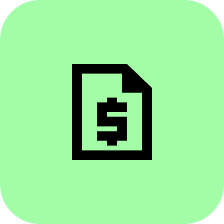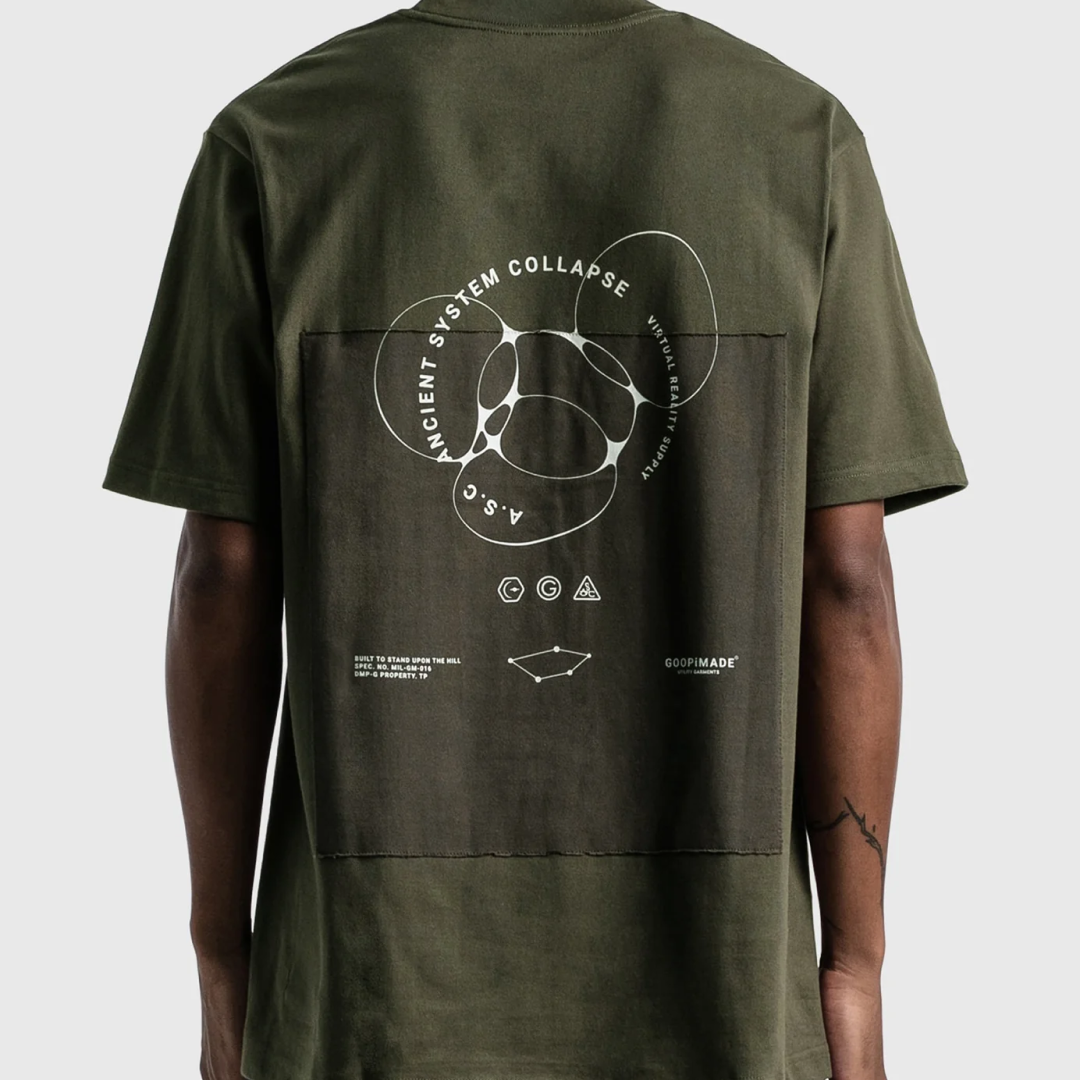If you’re in the business of global ecommerce, you know that navigating cross border shipping can be a logistical minefield. Between tariffs, customs duties, and a maze of paperwork, it’s easy to see how the complexities of international trade can eat away at your margins. But what if we told you there’s a way to recover some of those costs?
Enter duty drawback—an often-overlooked opportunity for ecommerce businesses to recoup duties and taxes paid on imported goods that are later exported.
This refund process can make a significant difference in your bottom line, especially as you scale globally. But to take full advantage, you need to know exactly what duty drawback is, how it works, and how to maximize your refunds.
Recent updates to tariffs in the U.S., particularly the ongoing impact of the Trump administration's tariffs, have added more complexity to the cost of goods imported into the U.S.
These increased tariffs on many imported goods have made it even more important for e-commerce businesses to take advantage of programs like duty drawback to recover some of those additional costs.
With more expensive imports, claiming duty drawback can help protect your margins during a period of rising costs.
Let’s dive in and break it down.
What is Duty Drawback?
First things first, let’s define duty drawback. Simply put, it’s a program that allows you to recover duties, taxes, and fees you’ve paid on imported goods if those goods are later exported. In other words, if you import products into the U.S., pay customs duties, and then send those products back out of the country, you may be eligible to claim a refund for those duties.
Here’s the kicker: duty drawback isn't automatic. It requires you to file a claim with U.S. Customs and Border Protection (CBP), providing documentation to show that the goods were exported.
The good news? If you know how to navigate the process, it can be a game-changer for your bottom line.
What is Eligible for Duty Drawback?
Not everything you import is eligible for duty drawback, but plenty of goods are, especially when you're dealing with returned or exported merchandise. The key here is that the goods must be exported within a certain timeframe (usually within 5 years) after they’ve been imported. And it’s not just about sending back items you didn’t sell—it also applies to goods that are damaged, defective, or even those that are simply no longer needed.
Here are the types of products that typically qualify for duty drawback:
Returned goods
Products that are shipped back after being imported into the U.S.
Defective or unsellable products
Items that couldn’t be sold due to quality issues.
Unused inventory
Products that are exported without being sold in the U.S.
The important part? Keeping your records in order. You'll need to prove the goods were imported and then exported, so tracking inventory and sales movements is crucial.
How to Maximize Duty Drawback Refunds
If you’re looking to turn duty drawback into a profit protection tool, there are a few strategies you’ll want to employ:
- Keep Detailed Records: From the moment the product enters the country to the moment it leaves, document everything. This will make your life easier when it comes time to file for a refund.
- Stay On Top of Timelines: You usually have 5 years to file a duty drawback claim, but don’t wait until the last minute. The sooner you start the process, the sooner you can get your refund.
- Know Your Eligibility: Not all imports qualify, and the rules can be tricky. Consult with a customs broker to ensure you’re getting the most out of the program.
- Work with Experts: Navigating the paperwork, regulations, and timing can be complex. Partnering with professionals who know the ropes can maximize your chances of getting the full refund you're entitled to.
Common Challenges Businesses Face with Duty Drawback
The duty drawback process sounds great in theory, but it does come with a few challenges, especially for ecommerce businesses that are constantly scaling and moving inventory. Some common hurdles include:
- Complicated paperwork: The filing process involves a lot of documentation and attention to detail. If anything’s off, you risk delays or denial of your refund.
- Complex eligibility: You may not be sure what qualifies for a refund, especially if you're dealing with returns or mixed-use inventory.
- Time-consuming process: With the 5-year window for filing, it’s easy to put it off, but waiting too long can cost you in the end.
While these challenges exist, they’re not insurmountable. The key is to stay organized, work with experts, and make sure you're staying on top of your international operations.
How Swap Can Help You Streamline Cross Border Ecommerce Operations
Here’s where Swap Commerce can make a huge difference. Our platform helps ecommerce businesses like yours streamline international logistics, manage customs duties, and ensure smooth cross border shipping. With our comprehensive system, you can easily track goods, manage duty drawback claims, and maintain the necessary documentation—all from one platform.
By integrating Swap Commerce’s all-in-one operations platform, you’ll not only reduce the complexity of international logistics, but you’ll also ensure you’re making the most of opportunities like duty drawback to protect your profits.
Ready to maximize your duty drawback refunds and optimize your international operations? Discover how Swap Commerce’s platform can help you navigate customs, reduce costs, and improve your global ecommerce strategy.





















